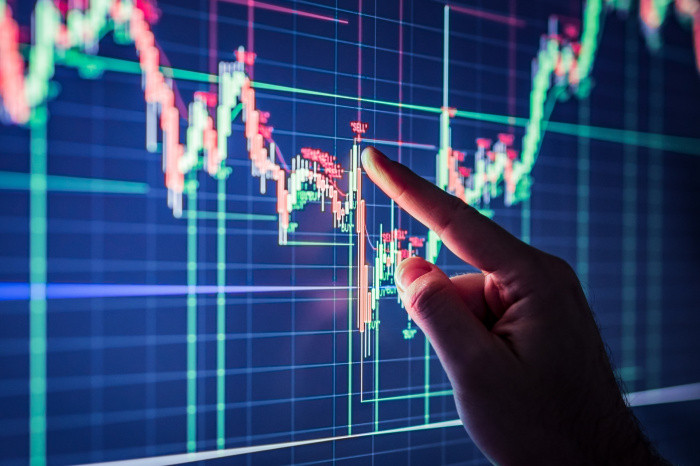
The main stock indicators in the US stock exchanges fell sharply on Thursday due to the losses that occurred in the technology sector over the past few months. This forced market participants to moderate their fervor and appetites after such enthusiasm on the rise observed in the previous month.
Tech stocks fell significantly after its constant growth record over a long period in spite of all fundamental factors. Companies' securities began to fall sharply in value, thus most analysts warned about a possible correction in the stock market which may happen sooner or later.
The day before this major fall, the US stock indicators were rapidly increasing and reaching new record levels. Investors played back news related to the development of a vaccine against COVID-19 and tests for rapid detection of infection. There was absolutely no sign of collapse. Although, experts have initially stressed that such a large-scale growth in the markets is unnecessary and even dangerous with an equally large-scale collapse.
In addition, market participants studied a new portion of statistics reflecting the growth of the US economy on Thursday. This particularly focused on the official jobs report from the labor market. According to the data, the number of new applications for unemployment benefits for the previous week which ended August 28, decreased by 130,000. Now, the figure is at 881,000 which has become its minimum value since the beginning of the coronavirus pandemic. Initial reports estimated a total of 950,000.
Besides the positive labor market data, labor productivity in the country also reflected a significant growth, which amounted to 10.1% in the second quarter of this year. Initial forecasts estimated an average growth of 7.3%.
However, the deficit of the foreign trade balance also increased immediately by 18.9% in the second month of summer which is now about $ 63.56 billion. Note that a month earlier this was equivalent to $ 53.56 billion. These indicators also did not coincide with the preliminary data, which this time turned out to be more positive. Experts assumed that there would be a recession, but not lower than the $ 58 billion level.
The contraction also overtook the index of business activity in the service sector. Over the last month of summer, this indicator fell to 56.9 points, while earlier its value was consolidated around 58.1 points, which was already the minimum for the last almost one and a half years. Meanwhile, the decline was expected, but should have been less significant, to a maximum of 57 points.
The Dow Jones Industrial Average closed Thursday with a significant drop by 2.78% or 807.77 points. Its current level was 28,292.73 points. This was the most serious daily collapse since the beginning of this summer.
The S&P 500 index sanked 3.51% or 125.78 points, which forced it to move to the mark of 3,455.06 points.
The Nasdaq Composite Index became the leader in the fall on Thursday which plummeted 4.96% or 598.34 points. This pushed it down to 11,458.10 points.
Asian stocks also fell sharply on the last working day of the week, following the negative dynamics at the US stock exchanges. However, unlike the latter, there were no significant signs for the start of the sale found in the Asian stock exchanges.
There was no strong discrepancy between actual statistics and preliminary forecasts, most importantly large-scale drawdowns in certain sectors were also not recorded, and corporate news from companies is not too bad. So what caused the decline in Asia?
According to most analysts, the market simply needed a correction, without which further upward movement is impossible. In this regard, the rollback that happened today after a significant increase in recent weeks looks literally a necessity, so nothing terrible will follow.
Analysts stressed that at present, it is better to give preference to the securities of companies from China since the Chinese yuan has grown quite well in price, also because the country is coping with coronavirus infection better than others. For almost twenty days now, there have been no new COVID cases detected in China and those that were identified were brought from abroad.
China's Shanghai Composite Index dropped 1.5% Friday morning. The Hong Kong Index followed suit and dropped 1.7%. The PMI in the services sector in the country dipped slightly in the last month of the summer which moved from 54.1 points to 54 points.
Japan's Nikkei 225 Index also showed negative dynamics with a decline of 1.2%.
South Korea's Kospi index is also down by 1.3%.
The Australian S & P / ASX 200 index sank the most with 3.1%. The level of retail sales on the territory of the state increased by 3.2% in the second month of summer, which was the third increase in a row. This suggests that the recovery of the country's economy after the crisis associated with the coronavirus pandemic is progressing at a faster pace than previously thought.





















